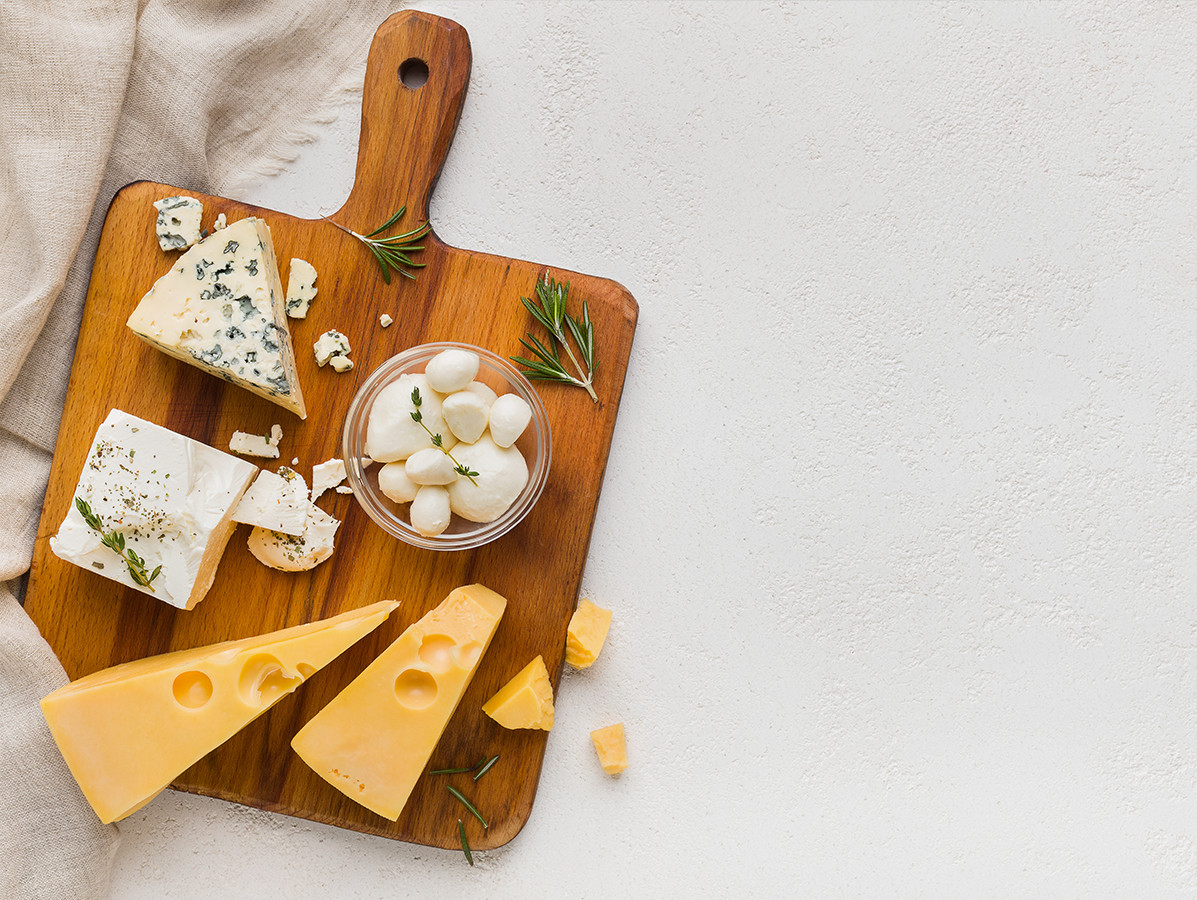We're currently searching through more than 4,000 articles, just a moment's patience...
We're currently searching through more than 4,000 articles, just a moment's patience...

To safely market and export cheese, you need to comply with food safety criteria and determine the risk of L. monocytogenes growth. For some products, this is easy: for instance, if the pH is below 4.4 or the water activity is below 0.92, Listeria will not grow. But many cheeses fall outside of these limits.
To gain fast insight into whether a cheese is at risk for supporting L. monocytogenes growth, Nizo created a predictive model. They began by researching Gouda, which has never been associated with listeriosis, despite a pH above 5.0 and a water activity above 0.94. The research determined that the undissociated lactic acid concentrations (above 6.35 millimolar) in the Gouda, were fully inhibiting L. monocytogenes growth. The study also demonstrated that, even when undissociated lactic acid concentrations fall below the critical level, L. monocytogenes growth in cheese can still be sufficiently inhibited by additional factors including pH, water activity and temperature. Using this scientific insight, Nizo developed and successfully validated a model to calculate the potential of Listeria growth in many other cheeses. These include soft cheeses (blue cheese, Camembert, cottage cheese, ricotta, queso fresco, Mozzarella), semi-hard cheeses (Cheddar, feta-style) and cheeses prepared with milk from animals other than cows (goats, sheep and buffalos).
Source: NIZO
Vakblad Voedingsindustrie is a project of b2b Communications BV.
© COPYRIGHT 2025 VOEDINGSINDUSTRIE | ALLE RECHTEN VOORBEHOUDEN
Powered by Wallbrink Crossmedia © 2025
Een abonnement kost € 80,- exclusief 9% BTW per jaar.

We work in accordance with the privacy legislation. After your registration you will receive an e-mail with a confirmation link. Only after you have clicked on this link will you be registered as a recipient of the newsletter. If you can't find the e-mail in your inbox, please also look at unsolicited e-mail.


Lorem ipsum dolor sit amet, consectetuer adipiscing elit. Aenean commodo ligula eget dolor. Aenean massa. Cum sociis natoque penatibus et magnis dis parturient montes, nascetur ridiculus mus. Donec quam felis, ultricies nec





